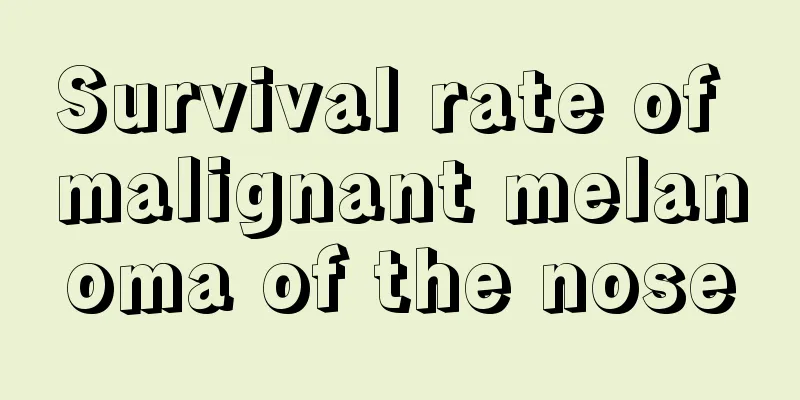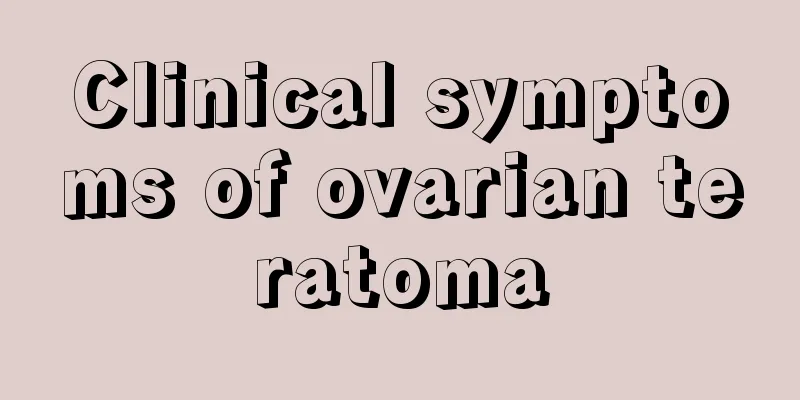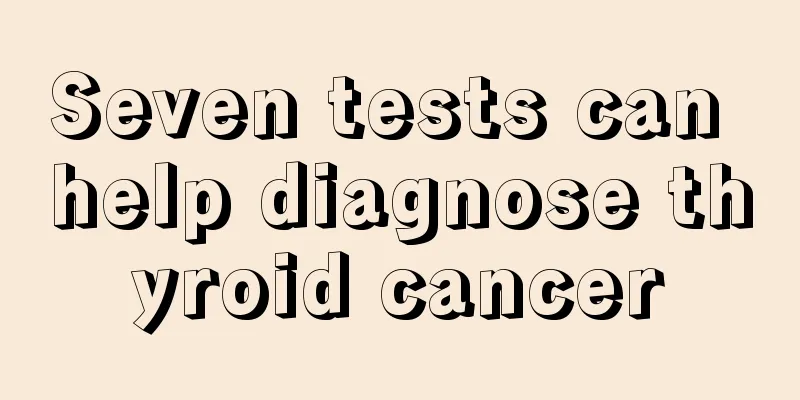Treatment of rectal mucosal prolapse

|
Rectal prolapse is common in children and the elderly. In children, rectal prolapse is a self-limiting disease that can be cured before the age of 5. Complete rectal prolapse in adults is more serious. In our lives, many patients are depressed all day long. They desire to be cured but the result is always difficult. Therefore, it seriously affects our study and life. Let us learn together how to treat rectal mucosal prolapse. Treatment: PPH treatment First, the excess rectal mucosal tissue is removed, and the prolapsed and downward rectal mucosal tissue is suspended upward. The scar formed at the anastomosis and the aseptic inflammation caused by the staples can firmly fix the rectal mucosa to the muscle layer of the rectal wall, restore the rectum to its normal anatomical position, and make it easier for feces to pass through the rectum and even be discharged from the anus. At the same time, the branches of the superior rectal artery are cut off, which reduces the blood flow to the hemorrhoids and plays a "blood flow interruption" role, thereby achieving the purpose of treating hemorrhoids. Note: The key to this operation is the purse. The suture height of the purse should be about 4 cm above the tooth line. If it is too high, the operation will be difficult, the surgical effect will be poor, the treatment will be incomplete, and defecation may still occur after the operation. If the position is too low, it may easily injure the hemorrhoidal venous plexus, causing bleeding and postoperative pain. Regarding purse-string suture, it was originally believed that double purse-string was the best. Single purse-string suture can fully achieve the treatment goal, and double purse-string suture cannot increase the length of mucosal resection and may cause some problems, such as hematoma, bleeding, and difficulty in operation. The depth of the purse-string suture should be in the submucosal muscularis. If the surgery is too shallow, the mucosa may be torn off due to traction, or after mucosal resection, the circularly sutured mucosa layer may be torn and bleed once it is subjected to tension. If the surgery is too deep, the entire layer of the rectum may be cut. Clinical practice and observation show that PPH treatment for rectal mucosal ptosis has the advantages of short time, relatively simple operation, and rapid postoperative recovery. It is a highly potential, safe and effective method. Patients with rectal mucosal prolapse can try this method. Secondly, they must pay attention to this type of disease. As long as it is treated well, the patient will soon have a healthy and happy life like a normal person. |
<<: Treatment of chronic rectal mucosal inflammation
>>: How to deal with itchy wounds after surgery
Recommend
The best way to detoxify the blood
Some toxins can be naturally excreted through fil...
12 Toxins Your Body Must Get Rid of
Why do people get sick? In addition to bacteria, ...
Is it better to use a wooden barrel or a footbath for foot soaking?
As people's work pressure is getting higher a...
Can follicular pharyngitis be cured
Nowadays, many people often have throat problems,...
Eating salted fish frequently will greatly increase the risk of nasopharyngeal cancer
Nasopharyngeal cancer is a cancer with a very low...
At what size of adnexal teratoma is surgery recommended?
If the benign adnexal teratoma is larger than 5 c...
What are the dangers of late-stage bone cancer
Bone cancer is a common bone tissue disease. Its ...
Why do my fingers hurt when my heart aches
There is an old saying among the people that the ...
Will using a face brush make your pores bigger?
Skin cleansing is the most important part of dail...
I feel a little uncomfortable in my stomach and a little nauseous. Be careful, this is a warning from the disease!
After the Spring Festival, due to sudden overeati...
How to make freshly permed hair straight
Many female friends are not satisfied with their ...
Is rabies virus an anaerobic virus?
In modern life, there are many disease viruses th...
Life expectancy after surgery for early kidney cancer
Kidney cancer is a common and frequently occurrin...
Is sodium bicarbonate an effective treatment for gout?
The problem of gout seriously affects and trouble...
What does onychomycosis look like, common clinical types
Onychomycosis is the most common nail disease, an...









